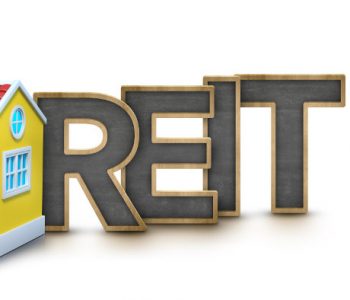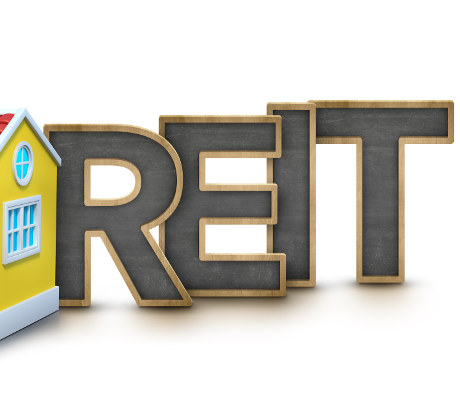5 Top REITs Yielding Up to 15.2%

Earn Rental Income From REITs
Interested in owning real estate, but don’t want to deal with tenants? You’re not the only one.
While real estate can make for a tidy income stream, managing a rental property can be a hassle: finding good tenants, chasing down rent checks, getting late night phone calls when the toilet clogs, etc.
And who hasn’t heard one of those landlord horror stories? You know the ones about nightmare tenants who trash the place and never pay their rent. For most of us, that fear puts the idea of owning rental properties on ice.
Fortunately, there’s a solution. For years, I’ve collected monthly rental income from a type of investment called real estate investment trusts (REITs). These firms allow ordinary people to invest in rental properties without the headache of dealing with tenants.
The business is pretty easy to wrap your head around: REITs buy properties, collect rent from tenants, and pass on the income to unitholders. Firms may specialize in different niches, from commercial and office holdings to retail and residential real estate. And thanks to an assortment of tax advantages, these partnerships pay out yields from five percent to as high as 15%.
I buy units through my broker, just like traditional dividend stocks. After that, I just kick up my feet and wait for the distribution checks to arrive. This income stream has grown to a few hundred dollars each month, which I use to supplement my regular bills.
With that in mind, let’s dig into some of my favorite players in this space.
|
Company |
Market Cap |
Yield |
| Empire State Realty Trust Inc |
$2.6B |
2.5% |
| Lamar Advertising Company |
$5.3B |
5.9% |
| Iron Mountain Inc |
$9.4B |
7.6% |
| Senior Housing Properties Trust |
$3.7B |
10.2% |
| Washington Prime Group Inc |
$1.2B |
15.2% |
(Source: Google Finance)
Let’s say a few words about these firms.
Empire State Realty Trust Inc (NYSE:ESRT) owns a collection of tier-one office buildings in the Greater New York Area. The Empire State Building, one of the world’s most recognizable skyscrapers, stands as the crown jewel in the company’s portfolio. These kinds of trophy assets have become a kind of safe haven for global investors, and buyers will pay a premium for these rare buildings. Given this, it should be no surprise that Empire State Realty Trust has crushed the broader market since going public in 2013.
Outdoor billboards might not represent the sexiest business around, but investors don’t seem to mind. Lamar Advertising Company (NASDAQ:LAMR) owns over 340,000 displays across the continent, which generate tidy monthly income. And because new local zoning rules restrict new ads, it’s difficult for new competitors to break into the business. This has allowed management to raise prices (and by extension, their distribution) year after year.
Iron Mountain Inc (NYSE:IRM) operates the ultimate cash cow business. The partnership owns a network of dull, gray industrial buildings, storing paper documents on behalf of clients. These properties require little in the way of upkeep, so almost all of the rental income flows straight to the bottom line. Exciting stuff? Hardly. Investors who sit around collecting their distribution checks, however, will beat the pants off the market as the years tick by.
Over the next few decades, few industries will make as much money as senior housing. Each day, 10,000 baby boomers turn 65. As the population ages, we’re going to need more nursing homes, more retirement communities, and more independent living facilities. For landlords, this boom will increase rents and push down vacancy rates. With dozens of such properties in its portfolio, Senior Housing Properties Trust (NYSE:SNH) has positioned itself right smack dab in the middle of this bonanza.
Finally, bargain shoppers may want to take a second look at Washington Prime Group Inc (NYSE:WPG). Investors have dumped shopping mall REITs on the fear that e-commerce could make road pizza out of the industry. WPG’s portfolio of triple-A properties, however, has survived the onslaught well. The trust still generates more than enough cash flow to cover the current 15.2% distribution. And because many of its properties are located in urban centers, management could redevelop these assets in the future.











